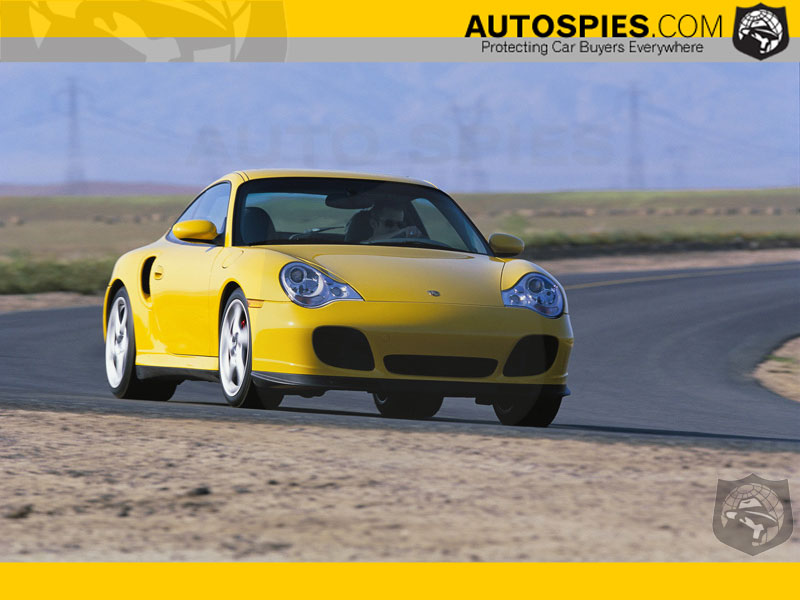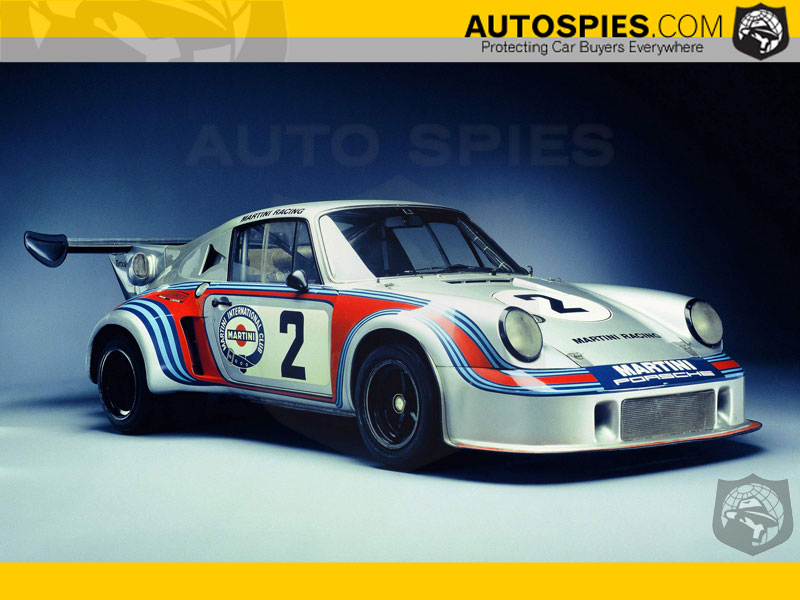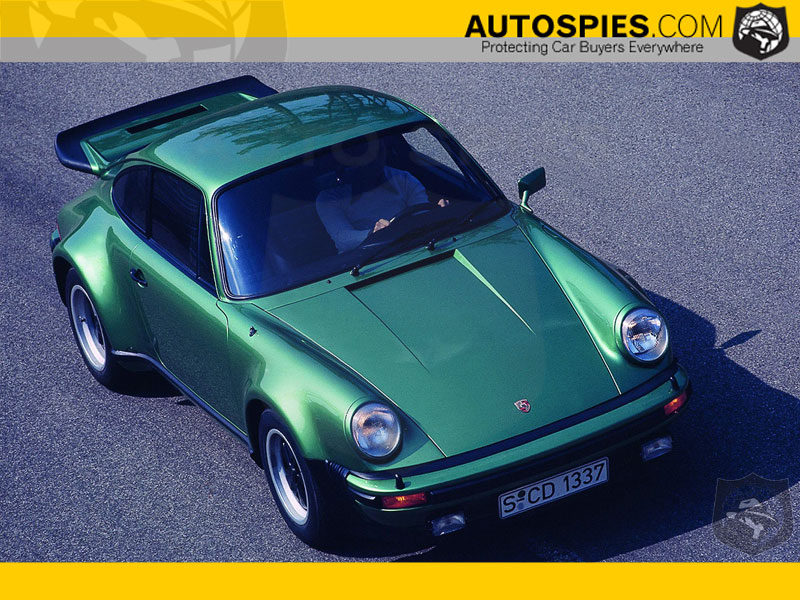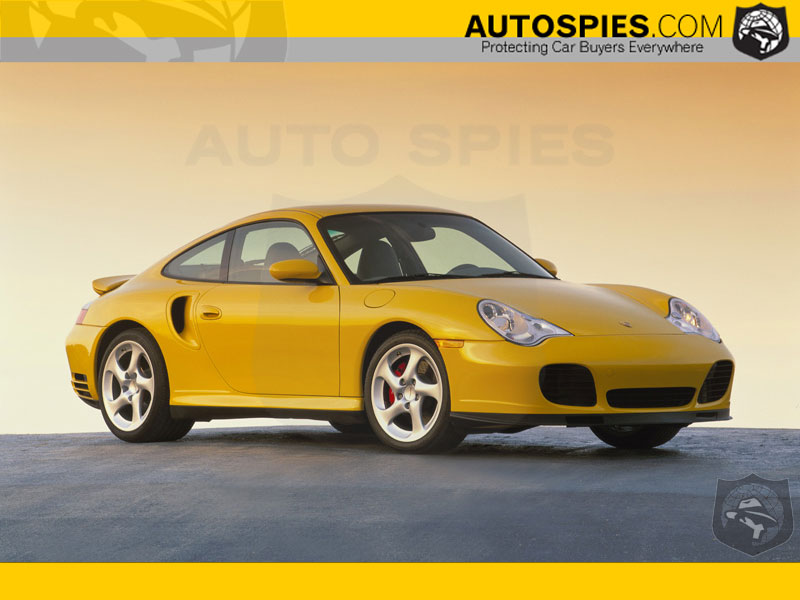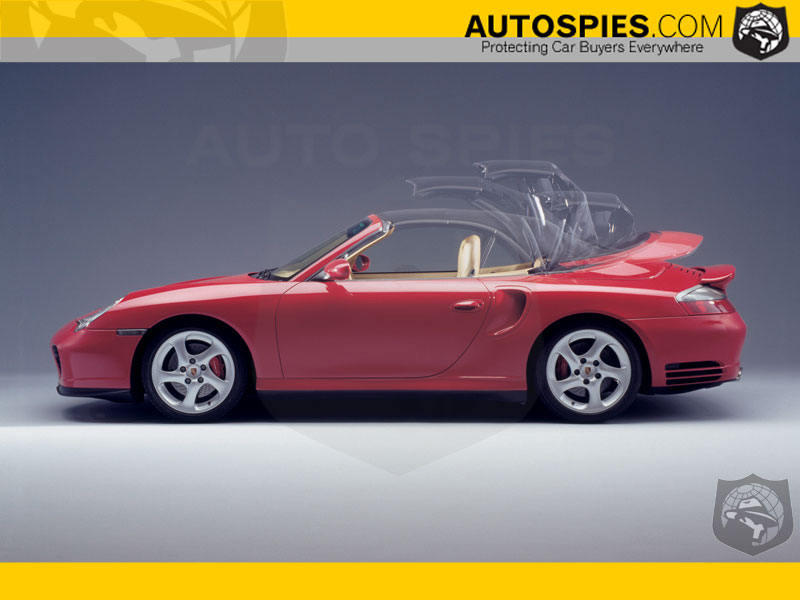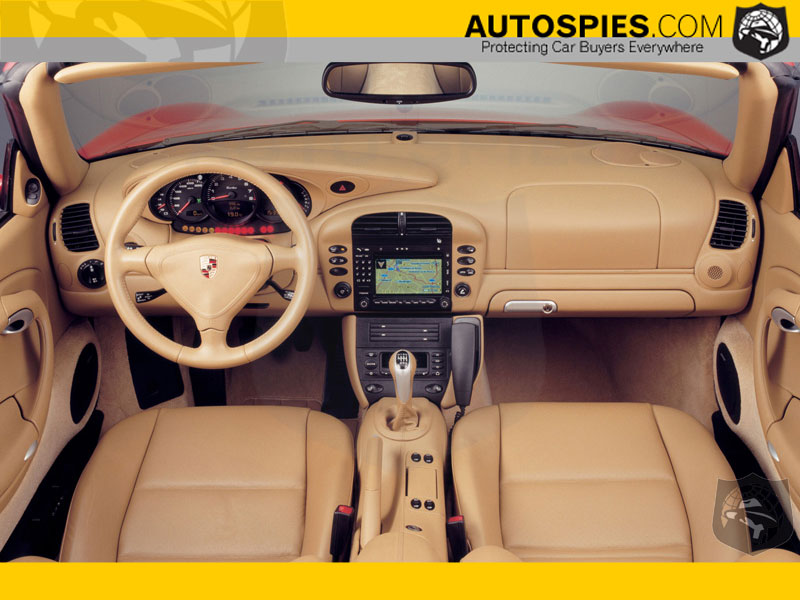
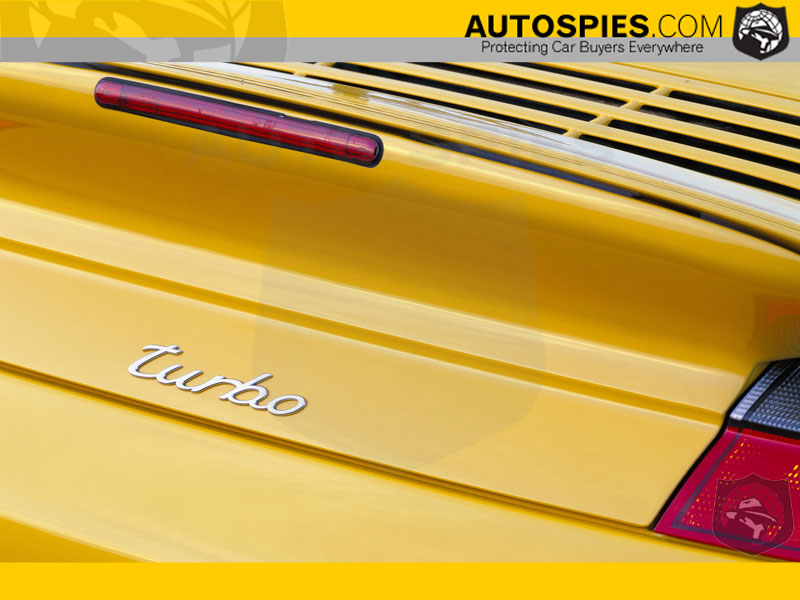
Nearly 30 years ago at the 1974 Paris Motor Show, Porsche introduced a high-performance sports car that set new benchmarks in acceleration, torque, performance and brake power. That sports car was the 911 Turbo. It produced an impressive 260 horsepower from its three-liter engine and achieved a remarkable top speed of 155 mph (250 km/h).
Original production plans called for only 1,000 Porsche 911 Turbos to be built. Due to the tremendous reception the model received, total production of the 911 Turbo from 1974 through 1989 was nearly 21,000 cars.
Ferdinand (Ferry) Porsche was a strong supporter of the 911 Turbo and kept one of the first production cars for his personal use until 1980. This car, with a sunroof, air conditioning, brown leather upholstery and many other options, can frequently be seen at the Porsche Museum in Stuttgart, Germany.
For 1989 and 1990, there was a two-year break before 911 Turbo production started again in 1991 with the next-generation of the model. This Turbo was powered by a larger and more powerful 320 horsepower, 3.3-liter engine.
The introduction of the third generation 911 Turbo came in 1995. Again Porsche set new standards in the world of sports cars with the 911 Turbo's air-cooled 3.6-liter engine producing 408 horsepower at 5,750 rpm. Also new on this model was the introduction of the all-wheel drive system.
The latest version of the 911 Turbo was introduced in 2000. Again featuring an all-wheel drive system, its twin-turbo, liquid-cooled, 3.6-liter engine produces 420 horsepower. Options include a more powerful engine package producing 444 horsepower and Porsche Ceramic Composite Brakes (PCCB®).
For 2005, the new Porsche 911 Turbo S incorporates these features as standard. The result is a car that achieves a top track speed of 190 mph (307 km/h) and a 0 to 62 mph (100 km/h) time of just 4.2 seconds.
As with many of Porsche's models, the 911 Turbo was derived from a racecar - the 1973 Porsche 911 Carrera RSR 2.1. This first turbocharged Porsche 911 evolved into several highly successful racing models including the Le Mans and Daytona 24 hour winning Porsche 935, the futuristic Paris-Dakar Rally champion Porsche 959, and the Le Mans winning 911 GT1, Porsche's first car with a carbon fiber monocoque chassis.
Although the Porsche 911 Turbo has received many enhancements since it was first introduced, its concept has remained unchanged for 30 years. It continues to be a vehicle with supercar racetrack performance combined with the comfort and amenities necessary for enjoyable everyday driving on streets and highways. While the first 911 Turbo had a relatively spartan interior, the Porsche 911 Turbo of today incorporates such desirable features as a Bose® digital audio system, leather seating, and the Porsche Communication Management system with navigation and a 5.8-inch color monitor.
